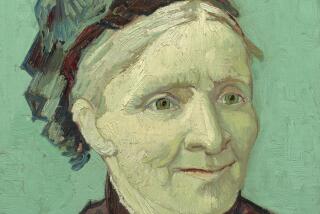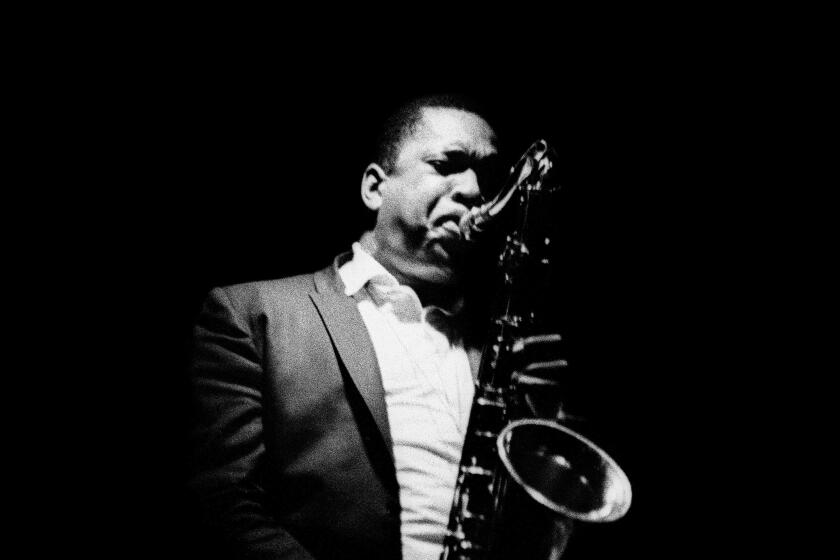Physicist Paints a Picture of Van Gogh’s Setting
- Share via
DALLAS — The vivid orange-red moon peeking behind a cliff in Vincent van Gogh’s “Moonrise” intrigued physicist Donald Olson.
It wasn’t just the art that interested the Southwest Texas State University professor. He thought that the painting would be a useful lesson in astronomy.
Whether the painting depicted a moonrise or sunrise was in dispute until the 1930s, when historians found a letter Van Gogh had written to his brother, Theo, that described the painting as a moon.
Still, the letter wasn’t dated, a rare omission among hundreds the Dutch master wrote while institutionalized in a Saint Remy monastery. The envelope -- and postmark -- were long gone and its authenticity was questioned.
“A physicist likes to solve any kind of puzzle or problem,” Olson said.
Olson, his wife, Marilynn, and Russell Doescher, a fellow physics lecturer, spent six days last year hunting for the exact spot where Van Gogh stood as he painted “Moonrise,” and taking measurements of the distinctive landscape that Van Gogh had painted more than a dozen times: the shed beside a stone wall, rounded hills, an overhanging cliff.
A peculiar “double house” wasn’t visible, though, because 50-foot-high pine trees now cover the distant hills where the house had appeared.
“After an hour and a half, we eventually found that double house,” Olson said. “That was the last piece we hadn’t seen to prove we were in the right place.”
They returned to Texas and plugged the coordinates into a computer, which started searching for the exact date and time in 1889 when a full or nearly full moon peaked behind the cliff between May and September.
May 16 and July 13 came up, but the team eliminated May because Van Gogh had written in a letter that the fields were green in May. The fields in the painting are golden. From there, the computer calculated a two-minute window in which the moon would have been partly behind the cliff in the painting.
The project was published in the July 2003 edition of Sky and Telescope magazine.
It’s the second time that Olson has tracked Van Gogh. Two years ago, he determined the moment in time captured in “White House at Night.” Before that, he analyzed Ansel Adams photographs.
Paul Tucker, art history professor at the University of Massachusetts Boston, uses examples of what he calls Olson’s “marvelous” work in class.
“It is careful and serious and technologically precise,” he said. “The precision which is so elusive in the world of art and interpreting poetic statements is a refreshing and useful foundation.”
He said the outcome “locks Van Gogh’s devotion to nature into a relationship that is both irrefutable and wonderfully poetic.”
Bob Harrison of Montreal, a Van Gogh expert who has archived the artist’s letters online, said Olson’s work has made the archiving easier.
Besides the historical significance, Harrison said the projects can “bring the paintings to life.”
Olson’s work isn’t limited to art. He also has used astronomy to explain a “Canterbury Tales” passage in which a 14th century solar eclipse created tides that caused boulders to disappear.
More to Read
The biggest entertainment stories
Get our big stories about Hollywood, film, television, music, arts, culture and more right in your inbox as soon as they publish.
You may occasionally receive promotional content from the Los Angeles Times.










